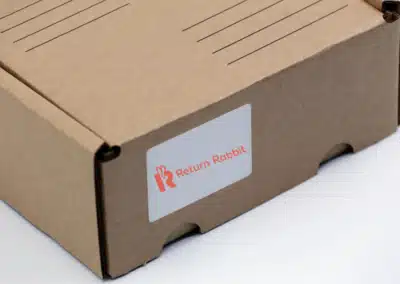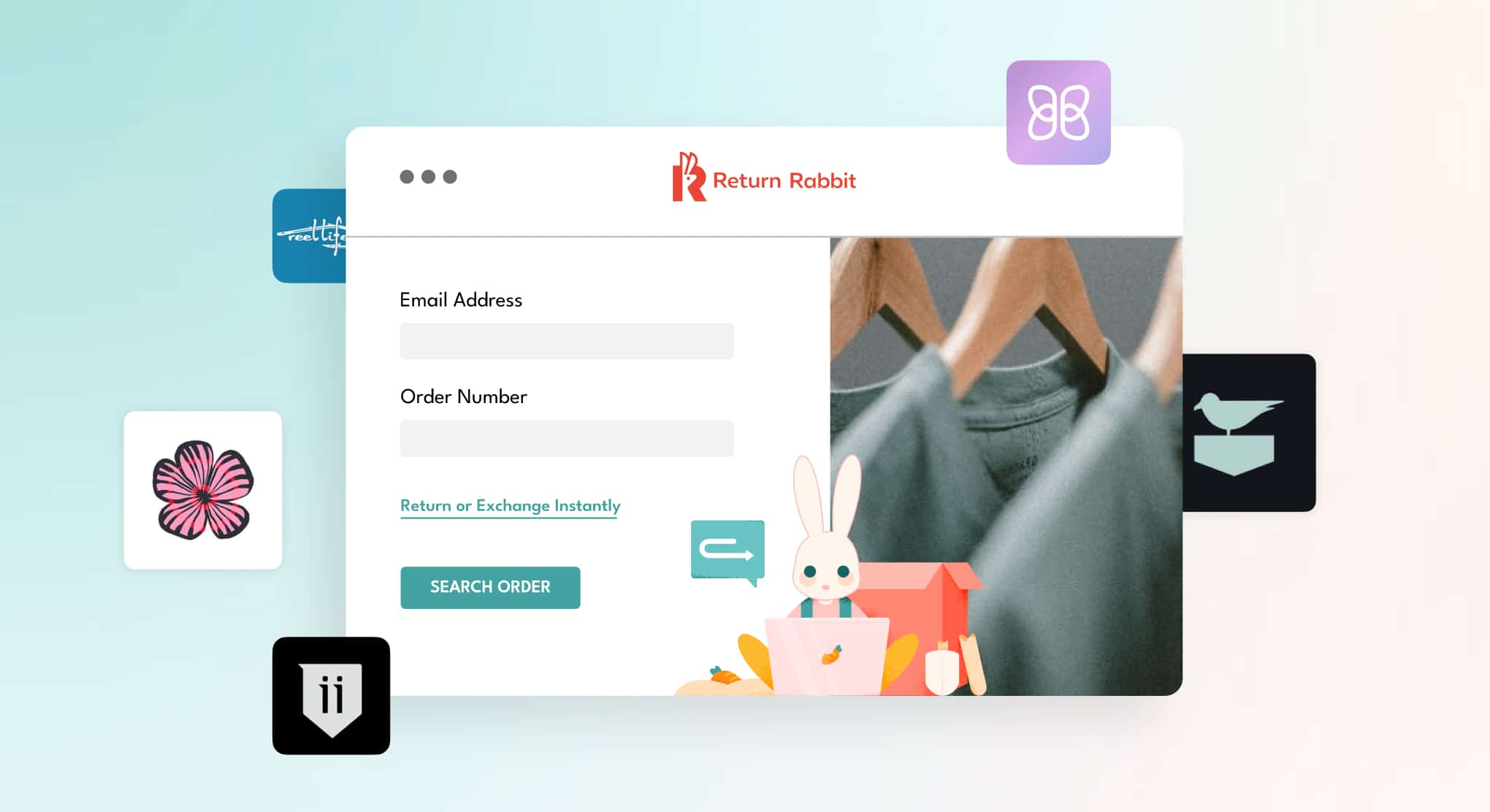Shoppers often cite free shipping and a good returns program as the #1 and #2 non-product contributors to decision making when purchasing online.
But as we all know, there is no such thing as “Free.”
Here’s a real-world example. A car dealership I was consulting a few years ago was vastly underperforming a same-brand competitor just a few miles down the road. For all intents and purposes, the stores were identical. They were both on large corner lots with nice facilities, carried similar inventory, and had strong and stable management, sales, and service teams. But the dealership that was winning in the market offered a “Free Lifetime Warranty and Free Anytime Car Washes”, all at the low cost of a couple thousand dollars in higher transaction prices. There were times when the winning dealership would buy stale inventory from the losing dealership, mark it up by $2,000 and turn a sale within a few days.
Moral of the story: people love “free,” even when it is just a perception.
In a study of over 372 eCommerce DTC stores who generate at least $1M in annual sales, we found that 36% are strapping shoppers with shipping costs compared to 15% who offered standard free shipping and 49% who offered free shipping on orders that exceeded a certain price threshold. If you are in the shopper-paid shipping camp, and you are reading this article, there is a good possibility the information below will be useful to your decision making.
How Does Free Shipping Impact Profitability?
There is an obvious cost associated with free shipping. More cost equals less profitability, right? Well, not necessarily. Remember, there are many levels to profitability including pricing, volume, mix, and cost.
A good free shipping program should add value by increasing volume (i.e. higher conversion rates), driving higher pricing (i.e. selling items at a higher transaction price), and improving sales mix (i.e. shoppers order more expensive items or add more items to their shopping cart). Here are some useful guides launching a free shipping program and evaluating business impact.
Evaluating the Impact of Free Shipping on Profitability
If you have sufficient sales volume or are patient enough to do so, it is typically best to follow the scientific method by forming a hypothesis and running a controlled experiment to isolate the effects of altering an independent variable on a dependent variable (or maybe a few of them). What a mouthful…
In the real world and as it relates to the topic at hand, evaluating the impact of a free shipping offer can be accomplished through A/B testing.
For example, you could run a free shipping promo that displays for 50% of unique site visitors (the experiment group) and evaluate average order value (AOV) and conversion rates compared to the 50% who didn’t get the promo (the control group). If you can, you’ll want to run the control and experiment groups at the same time and randomize the offer to avoid demographic and other forms of bias.
Here is how you evaluate the impact of the free shipping offer on AOV, conversion rates, and profitability:
A few tips for success:
-
Control your AOV growth by offering free shipping only on orders over a certain price
-
Control your margins with a thoughtful price strategy
Let’s return to the calculations above and look at a hypothetical retailer in closer detail.
Imagine a retailer who sells sweaters in four different tiers of quality with escalating price and margin for each tier and a shipping rate of $8 per order. Here are the details beneath the data in the control group column above.
Now imagine this retailer wants to launch a free shipping program and mitigates their risk by offering free shipping on orders over $75 (15% higher than their AOV). To help shoppers who purchase the first three tiers of sweaters to qualify for free shipping, the retailer starts to offer gloves and socks as easy add-on products. Smartly, the retailer sets the price at $15 for the add-on products with a $10 margin – more than enough to cover $8 in shipping costs. This means that any shoppers who adds on a pair of gloves or socks to qualify for free shipping will be worth $2 more than they would have been otherwise. The only cohort of shoppers who provide a degraded margin are the 15% who would have purchased the $80 High Tier sweater with or without free shipping. Here is what their new revenue and profit matrix could look like:
Notice the mix shift wherein a portion of each shopper cohort opts to purchase an add-on or migrate into the High Tier sweater to qualify for free shipping. This causes AOV and average order margin growth sufficient to offset merchant funded shipping costs. And, as an added bonus, free shipping increases shopper conversion rates. The combination of order margin growth and volume growth, in this example, allowed the retailer to grow net margins from $3,092 to $3,710 – a 20% improvement!
The power in marketing
Don’t forget to take advantage of the opportunity to put together a free shipping marketing campaign to inform existing customers and shoppers who didn’t end up purchasing. Also, remember to add a banner to the top of your site and information to your product detail pages to inform shoppers of your free shipping program. This is an important step even during trial.
Don’t forget about pricing
We’ve covered cost, AOV, and conversion rates but we haven’t covered pricing. Improving pricing is different from improving AOV in that it can be accomplished without changing sales mix rates. For example, our sweater retailer could increase the prices on all their sweaters to cover some or all of the costs associated with “free” shipping similar to the way the car dealership covered their “free” lifetime warranty and “free” car washes by charging more for the exact same car offered by their competitor. These forms of price increases are sometimes referred to as “pure pricing.” Note that pure pricing can negate benefits to conversion rates if it isn’t executed well.
Here are some tips that might be helpful for trying a pure pricing strategy:
-
Align price increases to changes in your product or returns policy to create the perception of higher price for higher value
-
Time price increases to sensible times in your sales and competitive cycle
-
Offer loyalty discounts to returning customers to smooth their transition into higher prices
-
Avoid testing price increases at the same time or on the same cohort as your free shipping test. This will make it hard to decipher the discreet impact of each effort.
-
Make one bold adjustment rather than a series of small adjustments. Remember, it is always easier to decrease prices than it is to increase them.
It’s time to take your brand to the next level
The impact free shipping has on consumer behavior is undeniable, but it’s just one piece of the pre and post-purchase puzzle. If you’re ready to take your brand to the next level with an automated returns management platform get in touch with our team or watch a demo of Return Rabbit today.





